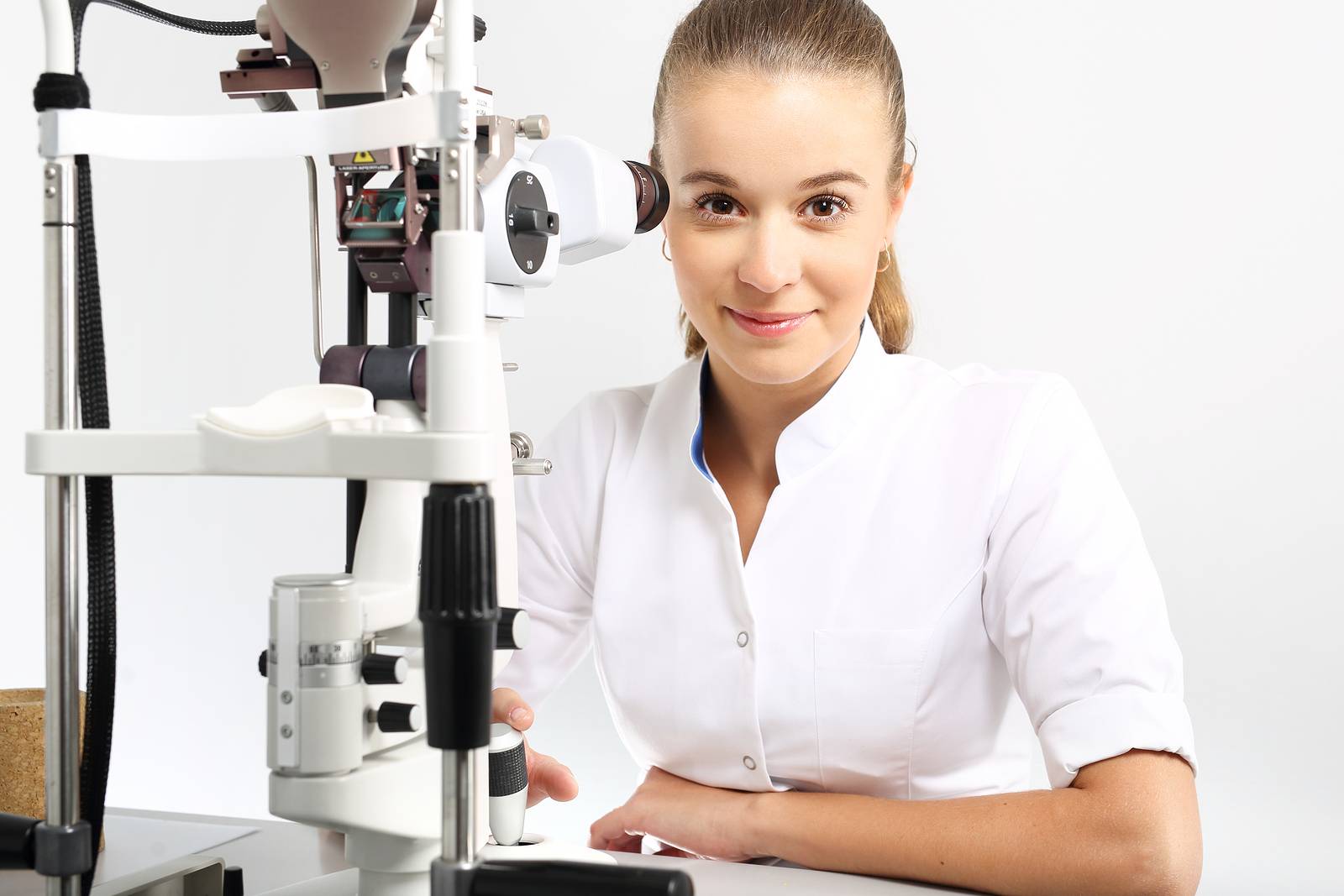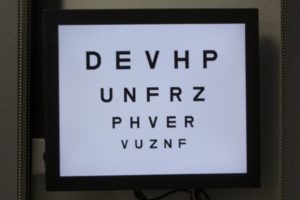The 9-Second Trick For Conjunctivitis
Table of Contents10 Easy Facts About Adult & Paediatric Eye Surgery ExplainedEye Checks - QuestionsThe Only Guide to Eye ExamThe 3-Minute Rule for Eye Checks
Eye doctors are medical physicians who specialize in the medical diagnosis as well as therapy of eye and also vision issues. What is the difference in between an ophthalmologist as well as an eye doctor, after that? What regarding lens? These three kinds of eye treatment experts have instead similar-sounding names and also overlapping work summaries. It can be perplexing in the beginning glance.They can not give eye exams, write prescriptions, or identify or deal with eye problems. can analyze your eyes, test your vision, recommend glasses or contacts, and also detect as well as treat lots of eye problems and also diseases. They are not clinical physicians or specialists yet can recommend specific eye-related drugs (https://drcrlinecatt.webflow.io/). Give eye examinations, vision screening, and prescriptions for glasses or get in touch with lenses.
:max_bytes(150000):strip_icc()/optometrist-vs-ophthalmologist-5094869_final-0d8eca1d944a4b54b1423065ac2e780f.jpg)
Ophthalmologists identify as well as treat injuries, infections, conditions, and problems of the eye. Therapies can consist of medication taken by mouth (by mouth) or topically (in the eye), surgery, cryotherapy (freeze treatment), and chemotherapy (chemical treatment). Eye doctors participate in medical institution then get numerous years of specialty training in the clinical as well as medical care of the eye.
Things about Adult Strabismus
As they are the only physician that can treat all eye conditions, ophthalmologists see a large variety of eye problems, including: How often should you have an eye test? What are signs that show you may have an eye problem that requires to be checked by an eye medical professional? The American Academy of Ophthalmology recommends: As kids's eyes are expanding and also altering quickly, they need to obtain a vision screening.
Adults that have healthy eyes and superb vision need to have four comprehensive eye examinations: one in their 20s, 2 in their 30s, and also one at age 40. These appointments might permit the ophthalmologist to catch an eye illness or vision changes early. By the time you see signs and symptoms, you might already have some vision loss (ADULT STRABISMUS).

People that go to a greater risk of eye illness may require to get an eye examination much more typically. This can consist of people with diabetes, high blood stress, or a family members history of eye problems - PAEDIATRIC OPHTHALMOLOGY. After age 65, your eyes ought to be inspected every one to 2 years. Regardless of age, people that put on get in touches with should have a full eye exam yearly.
Your view depends on seeing the best eye physician at the best time. When it's time to "obtain your eyes examined," make certain you are seeing the appropriate eye care specialist for your demands.
The Best Guide To Comprehensive Ophthalmology

is a medical or osteopathic doctor who focuses on eye as well as vision treatment. Ophthalmologists differ from eye doctors as well as opticians in their levels of training and in what they can diagnose as well as treat (https://flipboard.com/@flbd4kfof95087u/dr-caroline-catt-ndl2blu0y). As a medical physician who has finished college and at the very least eight years of added medical training, an ophthalmologist is certified to practice medicine as well as surgical treatment.
Numerous eye doctors are likewise associated with scientific research on the reasons and treatments for eye conditions and also vision disorders. SUBSPECIALISTS: ADDED EXPERTISE AS WELL AS TRAINING FOR PARTICULAR EYE NEEDS While ophthalmologists are trained to look after all eye troubles as well as conditions, some Eye M.D.s concentrate on a specific area of clinical or surgical eye treatment.
He or she typically completes one or 2 years of extra, extra in-depth training called a fellowship in one of the primary subspecialty locations such as glaucoma, retina, cornea, pediatrics, neurology and cosmetic surgery, in addition to others. This added training as well as expertise prepares an ophthalmologist take treatment of even more complex or certain conditions in particular areas of the eye or in certain teams of clients.
An optometrist is not a medical doctor. An eye doctor receives a doctor of optometry (OD) level after completing 4 years of optometry institution, preceded by 3 years or even more years of college. They are licensed to practice optometry, which primarily entails carrying out eye examinations as well as vision tests, suggesting and also giving restorative lenses, finding certain eye problems, and also prescribing medications for sure eye illness.
The 20-Second Trick For Adult Strabismus
They use prescriptions provided by ophthalmologists or eye doctors, but do not test vision or compose prescriptions for aesthetic correction. Opticians are not permitted to diagnose or treat eye conditions. We all depend on our vision in more manner ins which we might recognize. Without healthy and balanced vision, our ability to function, play, drive or perhaps recognize a face can be drastically influenced.
That's why it is so essential to see an eye doctor for a total clinical eye exam by age 40, as well as after that as frequently as suggested by your Eye M.D.
A total, medical eye test by an Eye M.D. might be the very first step towards saving your view. Protruding of one or both eyes; Dark curtain or veil that obstructs your vision; Decreased vision, also if short-term; Diabetic issues mellitus; discover here Distorted vision; Dual vision; Excess tearing; Eyelid problems; Family members background of eye illness; Halos (colored circles around lights); High blood stress; HIV or AIDS; Injury to the eye; Loss of peripheral (side) vision; Misaligned eyes; New advances (black "strings" or specks in the vision) and/or flashes of light; Discomfort in the eye; Thyroid disease-related eye troubles (Tomb' illness); Uncommon red eye.